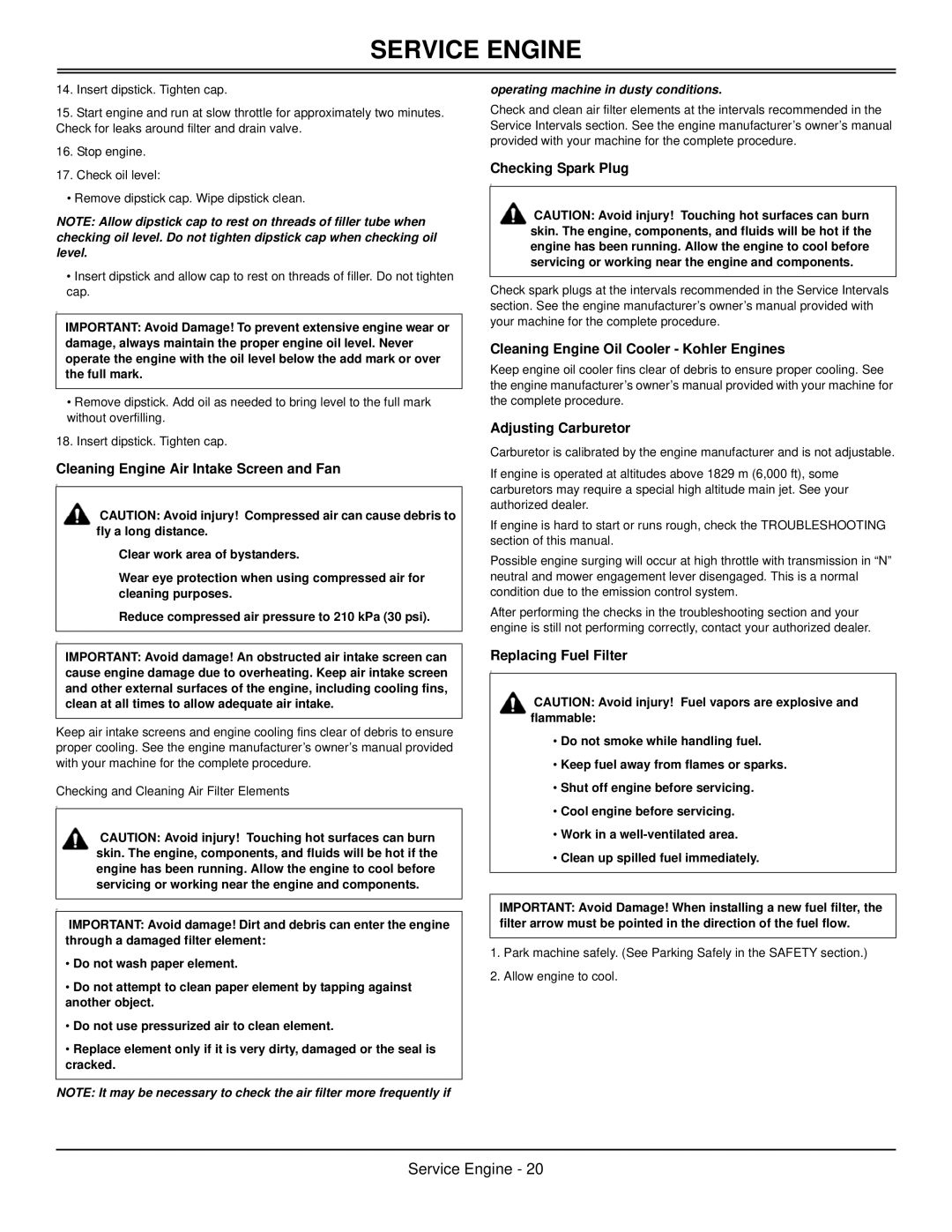GSKH2561S, GSKH2352S, GSKH1848S, GSKW2352S, GSKW1948S specifications
Great Dane has established itself as a leader in the manufacturing of high-quality trailers, and models like the GSKW1948S, GSKW2352S, GSKH1848S, GSKH2352S, and GSKH2561S showcase the company's commitment to innovation and durability. These models are designed to meet the evolving needs of the transportation industry, offering a blend of advanced technology, superior materials, and customizable features.The GSKW1948S and GSKW2352S are known for their enhanced weight distribution and aerodynamics. Equipped with lightweight materials, these models help increase payload capacity while ensuring fuel efficiency. The aerodynamic design minimizes drag, ultimately leading to reduced fuel consumption, which is a significant cost-saving advantage for fleet operators.
In contrast, the GSKH1848S, GSKH2352S, and GSKH2561S are tailored for heavier loads while maintaining structural integrity and safety. These models utilize high-strength steel and advanced welding techniques to ensure they withstand the rigors of long-haul transportation. Additionally, these trailers have a robust suspension system that provides a smooth ride, reducing wear and tear on both the vehicle and the cargo.
All five models come equipped with state-of-the-art technology, featuring telematics systems that allow for real-time monitoring of trailer performance and location. This feature enables fleet managers to optimize routes and improve operational efficiency. Moreover, each model boasts easy access points for maintenance, aiding in reducing downtime and overall operating costs.
Great Dane trailers also prioritize safety with features like anti-lock braking systems and enhanced visibility lighting. The design not only meets but often exceeds industry standards for safety, providing peace of mind to operators who need to transport goods across long distances.
In conclusion, the GSKW1948S, GSKW2352S, GSKH1848S, GSKH2352S, and GSKH2561S models reflect Great Dane’s commitment to quality and innovation. With their combination of lightweight design, advanced technology, and safety features, these trailers offer reliable solutions for businesses seeking to optimize their logistics and transportation services. Investing in a Great Dane trailer means investing in efficiency, safety, and durability.

